
In March, the House of Representatives passed a measure to ban the online app TikTok unless its owners found a new buyer.
Senator Ted Cruz (R-TX) accused TikTok of being “an espionage tool of the Chinese Communist government,” though The Intercept reported that U.S. intelligence had produced “no evidence that TikTok had ever coordinated with Chinese Communist Party (CCP) leaders in Beijing.”
In the summer, politicians and the media had helped manufacture hysteria over an alleged Chinese spy balloon floating over the U.S. The Chinese government said that the balloon was used to carry out meteorological research, while the chairman of the Joint Chiefs of Staff, Mark Milley, said that it was harmless.[1]

As the “Yellow Peril” hysteria grows louder, the U.S. military has been actively preparing for a war with China that would be suicidal.
On March 5, The New York Times published an article discussing the formation of a new Marine regiment being trained in California to fight on islands and along coastal shorelines like in the Pacific islands.
In December, the Times published an article pointing to similar exercises being carried out in Hawaii, where Marines were being trained in jungle warfare for a “potential fight with China almost anywhere in the Pacific.”

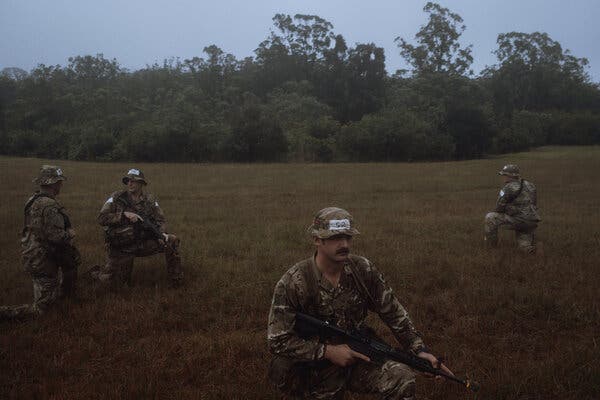
Government records point to new command centers in Hawaii, with piers, runways and barracks, along with a boost in training tempo, sending more planes over beaches and warships in and out of Pearl Harbor in preparation for the new Pacific War.
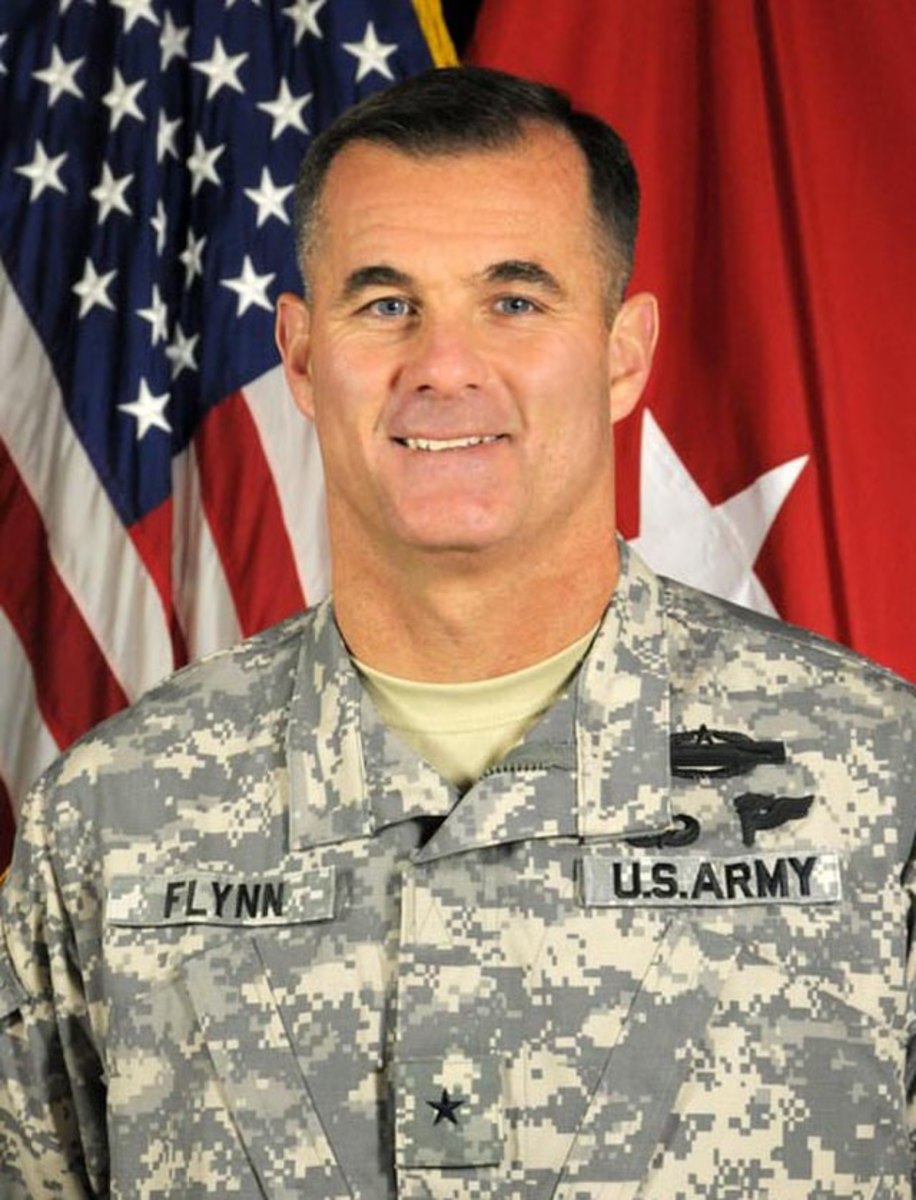
General Charles A. Flynn, the commander of U.S. Army Pacific, was quoted in the Times piece stating that China had been on “an incremental, insidious and irresponsible path for decades.” Now more than ever, the “total Army needs to prioritize relevant Pacific experience.”
Flynn’s comments are preposterous considering that the People’s Republic of China (PRC) has reduced poverty in China markedly in that time, fueled economic development with its Belt and Road Initiative (BRI), and brokered Middle East peace agreements.
The U.S. over the last few decades, meanwhile, has: a) encircled China with military bases; b) sent warships into the South China Sea and spy planes over the Taiwan Strait, which is under Chinese jurisdiction; c) helped to transform Okinawa into a garrison state for war with China; d) sent nuclear-armed submarines and precision weapons to Australia aimed at China; e) furthered military cooperation with India, China’s historic enemy; f) turned Taiwan into a heavily armed “porcupine” that hosts U.S. Special Forces; and g) sent nuclear-armed B-52 bombers to Guam.

Therefore, if any country has been behaving insidiously and irresponsibly, it is the U.S., which has also initiated an expansive covert influence operation in China that dwarfs what the Chinese are accused of doing in the U.S. Under this operation, the CIA has created a new mission center focused on spying on China, including by flying spy planes off its coast.

Planning for War
The National Defense Authorization Act (NDAA) provides $9 billion to the Pentagon for the Pacific Deterrence Initiative (PDI), which aims to enhance American war-making capabilities in the Asia-Pacific.
Some $464 million is being used for Pacific Pathways exercises conducted by U.S. Army Pacific to support military exercises with partner militaries, including Thailand and the Philippines. During one of the training missions—which usually focus on the tactics and weapons favored during the Global War on Terror—Special Forces troops were tasked with completing a mock insertion into Taiwan to defend against a potential Chinese invasion.

A March 2024 issue of Air & Space Forces Magazine reported that the U.S. Air Force plans to spend $400 million to expand an airfield on the tiny island of Yap in Micronesia between Guam and Palau, some 1,000 miles southeast of China.

During World War II, Japanese-held Yap was regularly bombed by U.S. ships and aircraft.

In May 2023, the Biden administration signed a deal with Micronesia to extend 20-year-old political and security ties, enabling the U.S. the right to locate military facilities there.
Similar deals were signed with Palau and the Marshall Islands, a collection of 29 coral atolls lying halfway between Hawaii and Australia where Washington has promised to provide $2.3 billion in economic assistance over 20 years in exchange for access to 2.1 million square kilometers of land.

Jessica Stone wrote for the Voice of America that, “when that is combined with the waters and airspace of the U.S. Pacific territories of Guam and the Northern Marianas, the U.S. military will gain control over a vast sector of the Western Pacific at a time when China is attempting to expand its influence over the region.”

Forgotten in popular consciousness is the horrific devastation meted out by U.S. troops in the Marshall Islands in the original Pacific War.
In late January 1944, as they invaded Kwajalein Atoll, they expended 15,000 tons of naval and land artillery shells and bombs, and 5,270 tons of ammunition over two days.
A naval officer aboard the USS Rocky Mount quoted Winston Churchill to the effect that “never in the history of human conflict has so much been thrown by so many at so few.”[2]
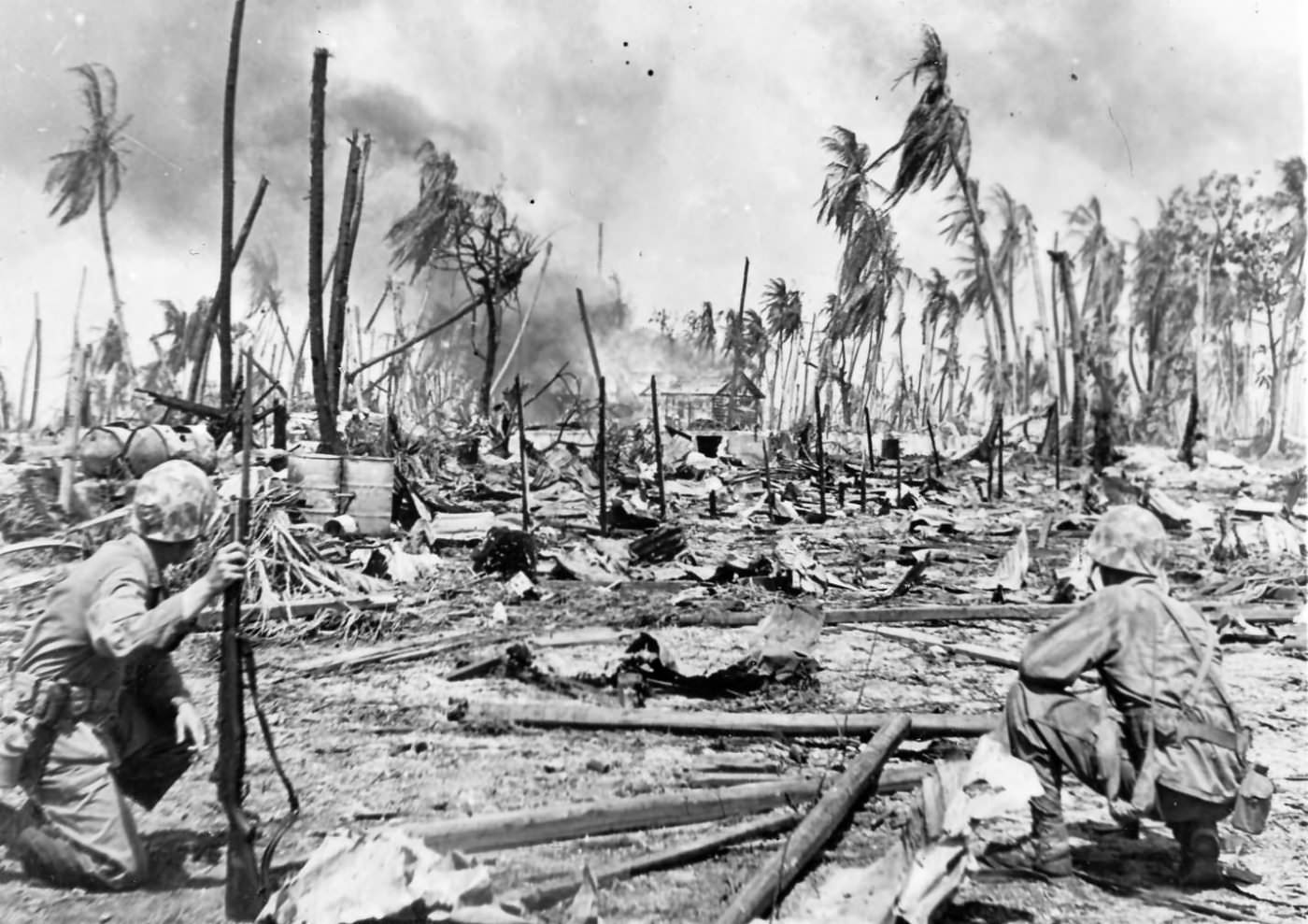
When the war ended, the U.S. Air Force expelled the local population in order to conduct nuclear tests that left “hopeless contamination” which will be compounded if the territory taken over by the U.S. is again used for weapons testing.

Restoring World War II Airfields
According to Air & Space Forces Magazine, the U.S. Air Force in 2024 sought $1.24 billion in appropriations in foreign infrastructure investment, a 93% increase over the prior year, and $872.5 million, a 44% jump, in new authorizations for military construction outside the U.S.
A key focus is to restore multiple airfields in the Pacific that were previously used by the U.S. during World War II to bomb Japan, including the infamous Tokyo firebombing that killed approximately 100,000 people in one night, and the Hiroshima and Nagasaki atomic attacks.
Among these is Andersen Air Force Base on Guam, where the U.S. Air Force requested $411 million to fund a North Aircraft Parking Ramp, large enough to park up to 14 bombers.


Some $78 million was budgeted for upgrades to a U.S. airfield on Tinian Island in the Marianas near Guam, which was used as a launch point for the atomic attack over Hiroshima by the Enola Gay bomber and which the Air Force reclaimed in 2012 under Obama’s “Pivot to Asia” policy.[3]
General Kenneth Wilsbach, Commander of the Pacific Air Forces told Nikkei Asia in December that the Tinian base “will become an extensive” facility once work has been completed to reclaim it from the jungle that has grown over the base since the last US Army Air Force units abandoned it in 1946.”
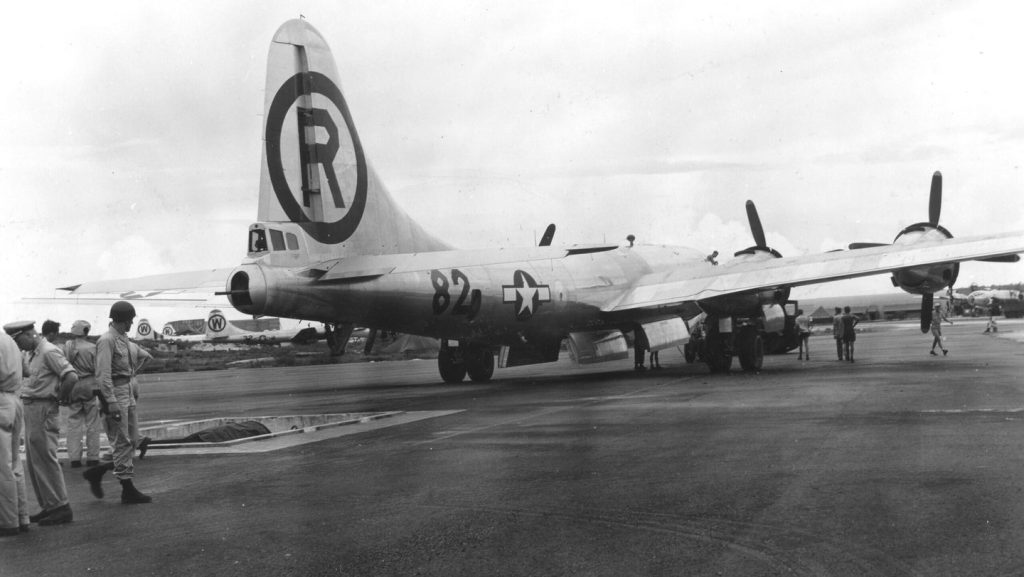


Another $35 million was requested for the building of a “parking apron” for the U.S. Air Force and Defense Department aircraft in the growing number of potential operating bases in the Philippines, which would be separate from those used by the Philippine Air Force.
Defense Secretary Lloyd Austin announced on a visit to the Philippines in February 2023 that the U.S. would provide $100 million to refurbish at least nine Philippines military bases to which the U.S. now has access. Four new naval bases (Naval Base Camilo Osias in Santa Ana, Cagayan; Camp Melchor F. Dela Cruz in Gamu, Isabela; Balabac Island in Palawan; and Lal-lo Airport in Cagayan) were set to be established close to contested waters in the South China Sea—three of them north of Luzon Island directly facing Taiwan.

Philippines President Ferdinand Marcos, Jr., is the son of his country’s most notorious dictator from 1965 to 1986, who had made deals for U.S. military bases that were used as launching pads for attacks on Vietnam in the 1960s and early 1970s.

The building of the U.S. military base infrastructure in the Pacific islands and training of the Marines for jungle warfare with China exemplify Washington’s preparation for a new Pacific War with China that could be as deadly as the war with Japan in the 1940s.
The original war was provoked by the Roosevelt administration, which wanted to dominate Southeast Asia and could not tolerate a rival power.
The prospects of U.S. success in a war with China today are poor compared to World War II because of China’s increasing military-technological superiority.
The goodwill that China has accrued as a result of the Belt and Road Initiative means also that many countries would rally to China’s side. China has further developed strong relations with Russia in an alliance that is fundamentally altering the world’s geopolitical balance.
If policy makers in Washington are foolish enough to go forward with their plans, a new Pacific war would be a disaster and signal the end of the American Century.

-
Politicians have also been warning of Chinese land grabs and the U.S. has supported legislation to limit Chinese purchase of farmland near U.S. military installations. ↑
-
Historian Samuel Eliot Morison, who sailed with the U.S. Navy in order to chronicle the war, characterized the main island of Kwajalein after the battle as a “stinking mess of debris and dead Japanese. Hardly a tree was left alive in what had been a pretty wooded island, and of the hundred or more buildings, not one was usable. ↑
-
In the Pacific War battle for Tinian, the U.S. made generous use of napalm bombs (filled with jellied gasoline that sticks to human skin and burns all the way to the bone) and subsequently imprisoned large groups of indigenous people, as the Americans feared sabotage and uprising. The National Defense Authorization Act for Fiscal Year 2024, which was approved by Congress and signed by President Joe Biden, provides the military with tens of millions of dollars for multiple projects on the island of Tinian. ↑
CovertAction Magazine is made possible by subscriptions, orders and donations from readers like you.
Blow the Whistle on U.S. Imperialism
Click the whistle and donate
When you donate to CovertAction Magazine, you are supporting investigative journalism. Your contributions go directly to supporting the development, production, editing, and dissemination of the Magazine.
CovertAction Magazine does not receive corporate or government sponsorship. Yet, we hold a steadfast commitment to providing compensation for writers, editorial and technical support. Your support helps facilitate this compensation as well as increase the caliber of this work.
Please make a donation by clicking on the donate logo above and enter the amount and your credit or debit card information.
CovertAction Institute, Inc. (CAI) is a 501(c)(3) non-profit organization and your gift is tax-deductible for federal income purposes. CAI’s tax-exempt ID number is 87-2461683.
We sincerely thank you for your support.
Disclaimer: The contents of this article are the sole responsibility of the author(s). CovertAction Institute, Inc. (CAI), including its Board of Directors (BD), Editorial Board (EB), Advisory Board (AB), staff, volunteers and its projects (including CovertAction Magazine) are not responsible for any inaccurate or incorrect statement in this article. This article also does not necessarily represent the views the BD, the EB, the AB, staff, volunteers, or any members of its projects.
Differing viewpoints: CAM publishes articles with differing viewpoints in an effort to nurture vibrant debate and thoughtful critical analysis. Feel free to comment on the articles in the comment section and/or send your letters to the Editors, which we will publish in the Letters column.
Copyrighted Material: This web site may contain copyrighted material the use of which has not always been specifically authorized by the copyright owner. As a not-for-profit charitable organization incorporated in the State of New York, we are making such material available in an effort to advance the understanding of humanity’s problems and hopefully to help find solutions for those problems. We believe this constitutes a ‘fair use’ of any such copyrighted material as provided for in section 107 of the US Copyright Law. You can read more about ‘fair use’ and US Copyright Law at the Legal Information Institute of Cornell Law School.
Republishing: CovertAction Magazine (CAM) grants permission to cross-post CAM articles on not-for-profit community internet sites as long as the source is acknowledged together with a hyperlink to the original CovertAction Magazine article. Also, kindly let us know at info@CovertActionMagazine.com. For publication of CAM articles in print or other forms including commercial internet sites, contact: info@CovertActionMagazine.com.
By using this site, you agree to these terms above.
About the Author

Jeremy Kuzmarov holds a Ph.D. in American history from Brandeis University and has taught at numerous colleges across the United States. He is regularly sought out as an expert on U.S. history and politics for radio and TV programs and co-hosts a radio show on New York Public Radio and on Progressive Radio News Network called “Uncontrolled Opposition.”
He is Managing Editor of CovertAction Magazine and is the author of six books on U.S. foreign policy, including Obama’s Unending Wars (Clarity Press, 2019), The Russians Are Coming, Again, with John Marciano (Monthly Review Press, 2018), Warmonger. How Clinton’s Malign Foreign Policy Launched the U.S. Trajectory From Bush II to Biden (Clarity Press, 2023); and with Dan Kovalik, Syria: Anatomy of Regime Change (Baraka Books, 2025).
Besides these books, Kuzmarov has published hundreds of articles and contributed to numerous edited volumes, including one in the prestigious Oxford History of Counterinsurgency .
He can be reached at jkuzmarov2@gmail.com and found on substack here.








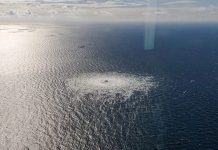


In reference to the statement that “Flynn’s comments are preposterous considering that the People’s Republic of China (PRC) has reduced poverty in China markedly in that time” according to an article by the New York Times, there may be more poverty is China then has been reported by other sources:
https://www.nytimes.com/2023/05/04/business/china-censorship-poverty.html